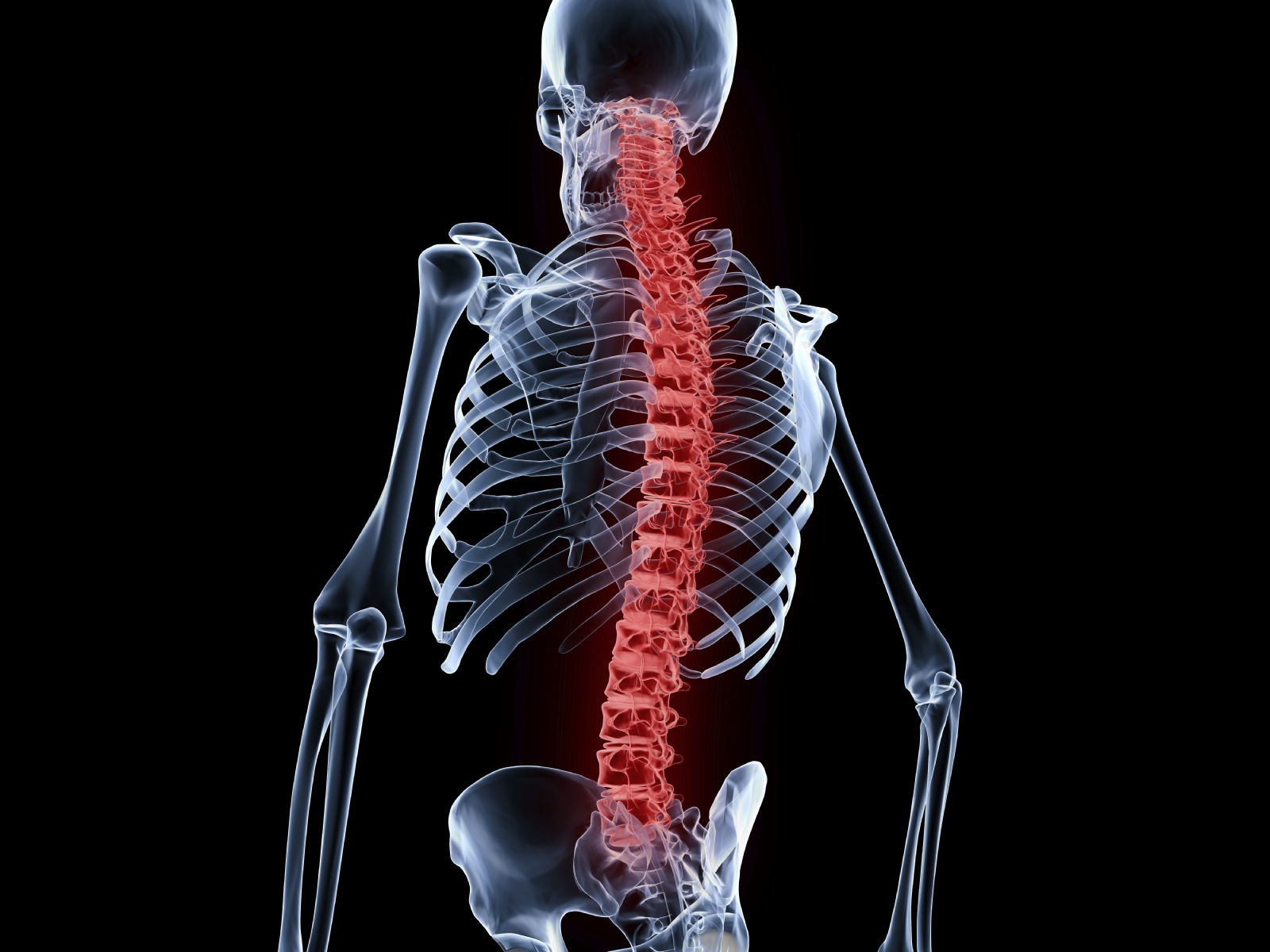UCB licenses AI tech for spinal fracture detection to ImageBiopsy

An artificial intelligence-based tool for identifying hard-to-detect spinal fractures, developed by Belgian drugmaker UCB, has been licensed out to ImageBiopsy Lab for further development.
The digital health tool, known as BoneBot, applies machine learning to X-rays to detect 'silent' or asymptomatic fractures in the vertebrae of the spine, a feature of the bone-wasting disease osteoporosis that can remain undiagnosed in more than two-thirds of cases.
Catching these fractures more quickly could allow diagnosis and treatment earlier, and potentially reduce complications associated with osteoporosis.
According to UCB – which sells medicines to treat osteoporosis – licensing the technology out to ImageBiopsy will accelerate its development and could see it brought into clinical practice by 2023.
The AI will be integrated into ImageBiopsy's existing AI-based platform for diagnosing musculoskeletal (MSK) disease from radiographs which includes modules for osteoarthritis, wrist bone fractures and early signs of osteoporosis.
BoneBot concentrates on vertebral compression fractures (VCFs), which affect nearly 700,000 people each year in the US, according to figures from the American Academy of Orthopaedic Surgeons (AAOS).
VCFs are the most common form of osteoporosis-related fracture and are associated with increased mortality, with an estimated 4.4-fold increase in the chance of dying, but are missed by radiologists in up to 50% of cases, according to a 2018 study.
The AI is used to identify tiny fractures on radiographs, as well as to distinguish them from other potential bone problems such as vertebral degeneration, which may be caused by ageing, arthritis and other conditions like infection or tumours.
"As digitalisation of health increases, so does the potential of leveraging AI for improving care for many diseases, including osteoporosis," said Emmanuel Caeymaex, who heads UCB's immunology and US business units.
"The number one risk factor for fragility fractures is a previous fracture," he added. "Identifying and appropriately treating patients who have already suffered a vertebral fracture is therefore key to ensuring that patients can continue to live their life to the fullest and avoid further fracture."
BoneBot has some rivals in the category, notably Zebra Medical Vision which recently won grant funding in the UK to accelerate the testing and evaluation of its AI-based system for detecting vertebral fractures.
Last year, Zebra secured a current procedural terminology (CPT) code for the AI for detection of VCF as an incidental finding in chest CT scans, which becomes effective on 1 January next year. The code will allow clinics to code for this AI application and help them identify more patients for potential osteoporotic fractures.













